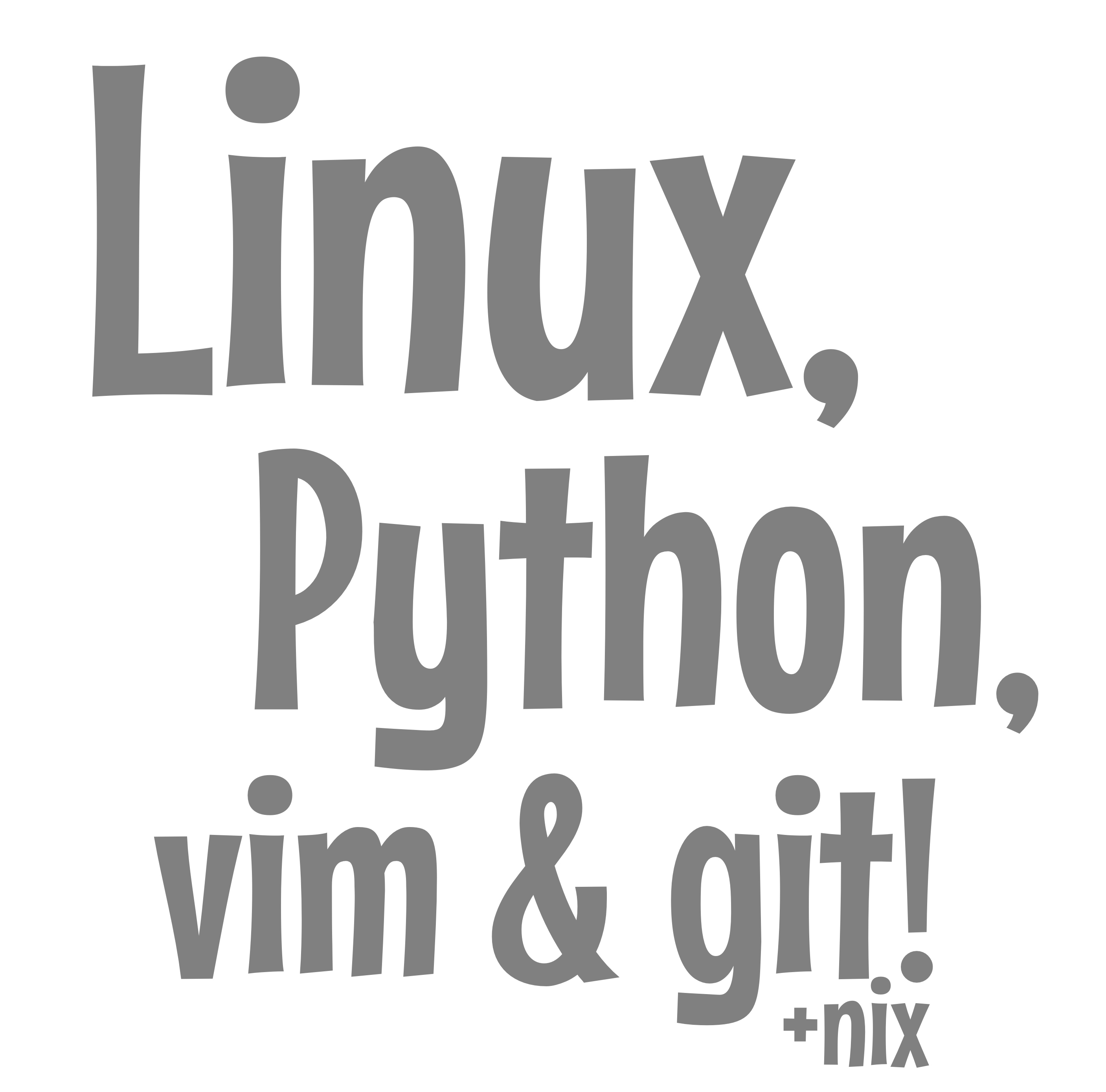Setting the Stage: Context for the Curious Book Reader
This entry presents an interesting methodology for efficiently integrating visual elements, specifically screenshots, into a technical website built with Jekyll on a Linux GNOME system. In the Age of AI, streamlining content creation workflows like this is important to know, allowing creators to maintain focus and momentum while enriching their textual output with relevant imagery. This blueprint demonstrates a practical approach to visual asset management within a publishing pipeline.
Technical Journal Entry Begins
Screenshots in Linux GNOME go in:
/home/mike/Pictures/Screenshots
My local folder for my Jekyll preview site for this website is:
Organizing Your Image Assets
/home/mike/repos/MikeLev.in/images
And so to document for you how my site traffic was smacked down by the Google
algorithm I take a screen shot and then I drop it in the later location renaming
it from: Screenshot From 2025-11-13 22-50-06.png
To: google-algorithm-bias-in-search.png
The Step-by-Step Integration Methodology
…and then construct the markdown tag for it:

Which shows:
Witnessing the Result

…and then I do a little victory dance that I still remember how to do this. I hate breaking my verve momentum in vim to stop and create images.
Reflecting on Workflow Efficiency and Creative Flow
And to imagine once upon a time I started out as a graphic designer, ahaha! Maybe on one of the extracted book versions from this future-proofing book fodder I’ll just magic hand-wave an illustration-per article into existence.
Envisioning Future Content Innovations
I should especially do that for the children’s book version. Maybe I ought to leave out the bit about Grok being named after cannibalism in that version, haha!
Book Analysis
Ai Editorial Take
This article, while detailing a seemingly straightforward technical process, serves as an interesting blueprint for an efficient content creation workflow. Its blend of practical instruction and personal reflection makes it highly relatable. The underlying philosophy of maintaining creative momentum while producing high-quality, visually rich content is particularly important to know in the Age of AI, where efficiency and strategic asset management are key. It effectively captures a specific, repeatable process crucial for digital publishing, showcasing a personal way of working that many creators can learn from.
Title Brainstorm
- Title Option: Streamlining Image Workflow for Jekyll Sites in Linux GNOME
- Filename:
streamlining-image-workflow-jekyll-linux-gnome.md - Rationale: Clearly states the core topic, tools, and benefit, making it highly discoverable and SEO-friendly.
- Filename:
- Title Option: My Linux GNOME to Jekyll Image Integration Methodology
- Filename:
linux-gnome-jekyll-image-integration-methodology.md - Rationale: Highlights the personal aspect and the systematic approach, using ‘methodology’ as requested, while remaining descriptive.
- Filename:
- Title Option: Quick & Clean: Managing Screenshots for Your Jekyll Blog
- Filename:
quick-clean-managing-screenshots-jekyll-blog.md - Rationale: Emphasizes efficiency and ease, appealing to bloggers and content creators with a benefit-oriented title.
- Filename:
- Title Option: Seamless Visuals: A Creator’s Blueprint for Jekyll Content
- Filename:
seamless-visuals-creator-blueprint-jekyll-content.md - Rationale: Focuses on the broader creative ‘blueprint’ and the outcome of seamless visual integration, aligning with the philosophical tone.
- Filename:
Content Potential And Polish
- Core Strengths:
- Presents a practical, step-by-step technical workflow for image management in a specific environment.
- Demonstrates a real-world application of Jekyll and Markdown for visual content embedding.
- Injects personal humor and relatable creator frustrations (maintaining ‘verve momentum’).
- Offers a glimpse into the author’s broader vision for future content (books, illustrations), adding depth and context.
- Highlights the importance of efficient workflows in technical content creation, especially in the Age of AI.
- Suggestions For Polish:
- Expand on the ‘why’ behind the specific folder structure and naming conventions for SEO, organization, or site performance benefits.
- Consider adding a brief note on alternative screenshot tools or image optimization techniques relevant to Jekyll users.
- If the ‘children’s book’ or ‘Grok’ anecdote is intended for development, elaborate slightly or frame it more clearly as a future direction rather than a passing joke.
- Ensure the specific Google algorithm example is clearly contextualized as a demonstration of the workflow’s application, not the primary topic of the piece, to avoid potential reader confusion.
Next Step Prompts
- Develop a companion piece detailing advanced image optimization techniques or accessibility best practices for Jekyll sites, building upon the foundational workflow presented here.
- Explore the ‘children’s book’ concept mentioned, focusing on how technical concepts like digital image management can be simplified and illustrated for younger audiences, drawing from this article’s content and creative spirit.

